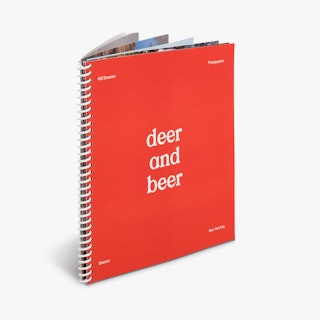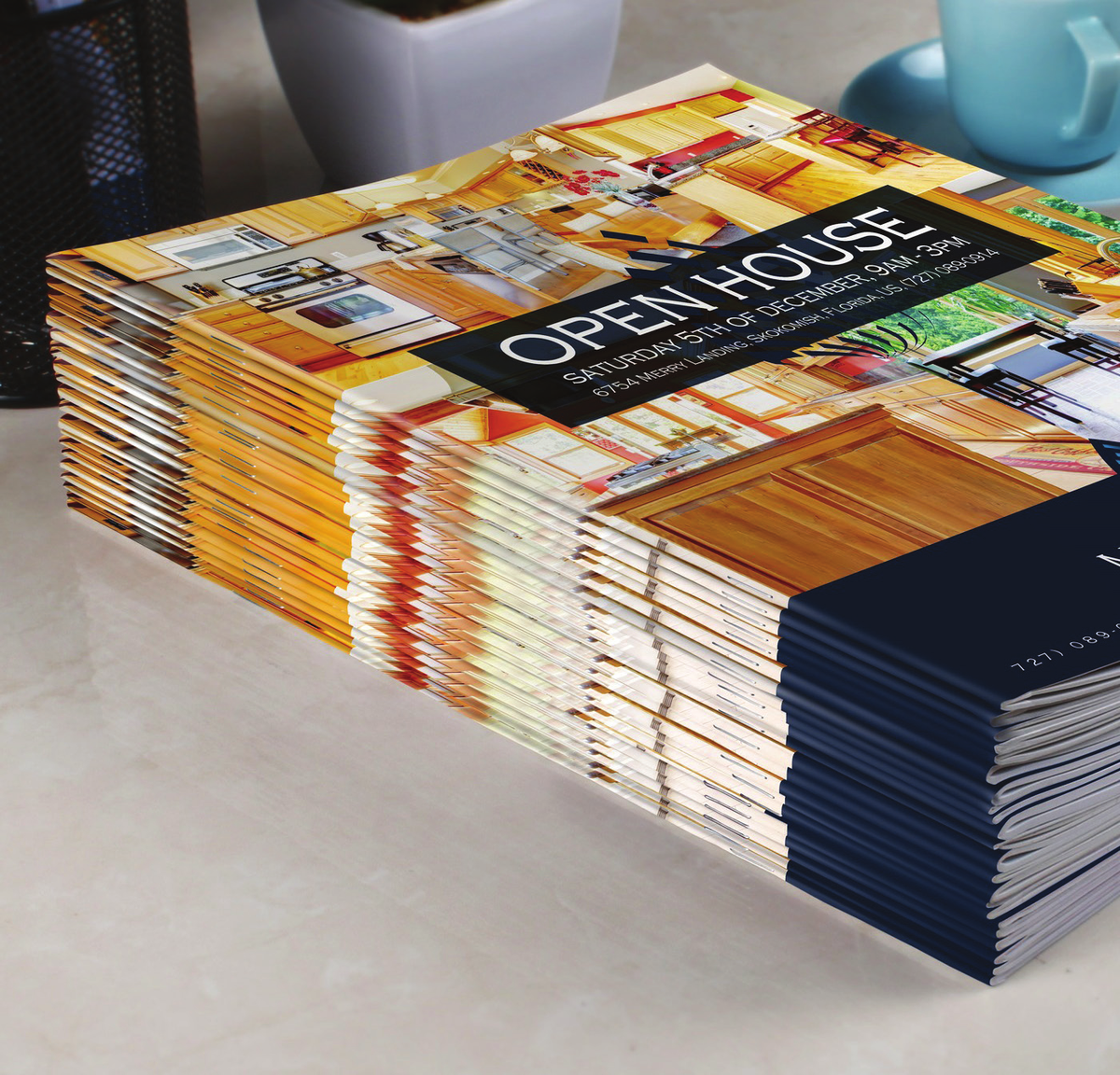Maximizing ROI with Multi-Purpose Booklet Printing Designs
Maximizing ROI with Multi-Purpose Booklet Printing Designs
Blog Article
The Necessary Overview to Recognizing Brochure Printing Options and Techniques
The procedure of booklet printing entails several considerations that can substantially affect the end product. From picking the appropriate style and size to comprehending the nuances of binding approaches, each selection plays a necessary role. Furthermore, factors such as paper stock and printing methods further influence the performance of the pamphlet. As one navigates these alternatives, it ends up being crucial to grasp just how they adjoin and what that suggests for the total end result.
Comprehending Booklet Formats and Sizes
When taking into consideration brochure printing, comprehending the different styles and sizes offered is important for accomplishing the wanted presentation. Pamphlets can be generated in various formats, including saddle-stitched, spiral-bound, and perfect-bound, each offering distinctive advantages. Common dimensions vary from conventional letter (8.5 x 11 inches) to smaller choices like A5 (5.8 x 8.3 inches), permitting for flexibility based upon material and target audience.Selecting the ideal size can affect both the design and reader interaction. Bigger dimensions might suit aesthetically driven web content, while smaller sized styles might be more mobile and straightforward. Additionally, the number of web pages affects the selection of binding method, as thicker brochures might require sturdier bindings. Eventually, recognizing these elements permits a much more customized strategy, making certain that the end product straightens with the desired message and aesthetic, improving the general efficiency of the communication.
Picking the Right Paper Supply

Binding Approaches: Choices and Considerations
When it involves binding approaches for pamphlets, numerous choices are offered, each with distinctive benefits. Saddle stitch binding provides a cost-efficient option for thinner booklets, while ideal binding strategies supply a more refined try to find thicker publications. Wire-O binding attracts attention for its longevity and ease of use, making it excellent for records that require flexibility.
Saddle Stitch Binding
Saddle stitch binding provides a practical and cost-efficient option for setting up brochures, making it a preferred selection among companies and authors. This binding method includes folding sheets of paper in fifty percent and stapling them along the fold line, creating a organized and cool look. Commonly ideal for booklets with a reduced page count, saddle stitching is suitable for publications, pamphlets, and training materials. The simpleness of this technique permits quick manufacturing and is often favored for advertising products or brief runs. Nonetheless, it is vital to note that saddle stitch binding might not appropriate for thicker booklets, as the back might not hold up under enhanced weight. Generally, it remains a trusted choice for numerous printing projects.
Perfect Binding Methods
Perfect binding is an extensively made use of strategy that gives a specialist and polished finish to magazines and booklets. This method entails gluing the web pages together at the spinal column utilizing a strong adhesive, enabling a tidy edge and the ability to hold a larger number of web pages compared to saddle stitching. Perfect binding is specifically appropriate for thicker pamphlets, such as magazines and yearly records, where a strong, level spinal column is wanted. Additionally, it uses the choice for a published cover that can be designed to enhance aesthetic charm. Considerations such as web page count, paper weight, and the planned use of the brochure must be taken right into account, as they can affect sturdiness and total high quality.
Wire-O Binding Options
Wire-O binding, understood for its toughness and flexibility, provides an excellent choice for brochures that require very easy web page turning and a specialist appearance. This binding technique utilizes a series of steel loops that hold pages securely, allowing them to exist flat when open. It is specifically ideal for manuals, catalogs, and presentations because of its durable nature. Wire-O binding is offered in various colors and sizes, fitting different page matters and densities. In addition, it allows the incorporation of covers and tabs, enhancing the booklet's total aesthetic. Factors to consider for Wire-O binding consist of the choice of cable color, the size of the loops, and the degree of modification wanted, all of which can greatly affect the final item's appearance and performance.
Digital vs. Offset Printing: Which Is Best for You?
When choosing a printing approach for booklets, recognizing the distinctions between digital and balance out printing is essential. Digital printing uses contemporary innovation to produce high-grade prints rapidly and economically, making it ideal for short runs or projects calling for fast turn-around times. It permits modification, providing the capacity to print on-demand with minimal waste.In comparison, counter printing is a traditional approach that masters generating large quantities with consistent top quality. It includes moving look at this now ink from a plate to a rubber covering, after that to the paper, which results in lively shades and precise details. Nevertheless, counter printing typically calls for longer setup times and is more cost-efficient for larger volumes.Ultimately, the option between digital and counter printing depends on task demands, spending plan, and desired amount. For small, time-sensitive projects, electronic could be the ideal choice, while balanced out might be better for larger, high-quality manufacturings.

Designing Your Pamphlet: Tips and Best Practices
When creating a booklet, cautious interest to layout, font style option, and color use can significantly boost its performance. A well-structured format guides the reader's eye, while ideal typefaces assure readability and communicate the wanted tone. In addition, efficient usage of color can evoke feelings and emphasize crucial info, making the overall layout much more impactful.
Picking the Right Design
Exactly how can one effectively choose the right format for a pamphlet? It is vital to assess the brochure's objective and target audience. A tidy, arranged design boosts readability and engagement. Using a grid system can help in lining up components regularly, producing a professional appearance. Additionally, incorporating visual pecking order via differing sizes and placements of pictures and text can assist the visitor's eye and stress essential details. It is also vital to leave enough white area, which stops overcrowding and enables better emphasis. Checking various designs with mock-ups can supply insight right into just how the design performs in real-world scenarios, making certain that the last product satisfies both useful and aesthetic requirements. Useful Selecting Appropriate Typefaces
A well-chosen font style can considerably enhance the general layout of a brochure, complementing the format and enhancing the content's message. The selection of typefaces need to take into consideration readability, especially for body text, as it ensures the information comes to all readers. Sans-serif font styles are frequently favored for digital formats, while serif fonts can lend a typical feeling in printed products. It's suggested to restrict font selections to two or my website 3 to maintain visual coherence. Furthermore, font style dimension plays a vital duty; headings ought to be distinctive yet not frustrating, while body text must fit for reading. When picking typefaces, placement with the brochure's theme and target market is necessary for reliable interaction and visual charm.
Efficient Use Color
Shade acts as an effective device in booklet layout, assisting and shaping understandings visitor emotions. It can evoke sensations of excitement, calmness, or trust fund, relying on the colors selected. Developers should consider color concept concepts, making sure that the selected scheme aligns with the booklet's message and target audience. Utilizing warm shades like red and orange can develop urgency, while cooler tones like blue and environment-friendly foster tranquility.Additionally, comparison plays a vital function; corresponding colors can enhance readability and visual appeal. Consistency in color usage throughout pages even more strengthens brand identification and communication. Eventually, efficient shade execution not only records interest however additionally strengthens the booklet's objective, making it a crucial element of effective style.
Completing Touches: Coatings and Special Effects
While numerous think about the content and design of a brochure the most essential components, the finishing touches, such as coatings and unique impacts, play a crucial duty in enhancing its total charm. Coatings can give security and toughness, guaranteeing that the pamphlet stands up to damage. Matte coatings supply a sophisticated, non-reflective surface area, while glossy layers can make shades show up more dynamic and eye-catching. Special effects, like embossing or aluminum foil stamping, include a responsive dimension that can develop a remarkable impact. These techniques can highlight specific areas, drawing attention to vital information or creating visual interest. In addition, UV coating can supply a high-shine finish that boosts the total look.Together, these ending up touches not only boost the pamphlet's aesthetic however likewise interact professionalism and interest to detail, inevitably leaving an enduring effect on the reader.
Cost Factors To Consider for Brochure Printing
Comprehending the numerous price considerations for brochure printing is crucial for services and organizations intending to enhance their budget plans. Key factors influencing expenses consist of the option of paper, binding, and ink approaches. Greater top quality products, such as premium paper or specialized inks, normally enhance the total cost. In addition, the size and web page matter of the pamphlet play a significant function; larger booklets call for more sources and time to produce.Another essential consideration is the printing method, whether electronic or balanced out, as each has its very own rates structure and viability for different quantities. Businesses ought to likewise consider layout expenses, which can differ based advice on complexity and making use of expert solutions. Inevitably, shipping and handling costs can add to the total, especially for large orders. By assessing these aspects, organizations can make educated choices that line up with their economic capacities while achieving the preferred top quality in their published products.
Often Asked Questions
What Are the Ecological Influences of Pamphlet Printing?
The environmental influences of pamphlet printing include deforestation from paper manufacturing, carbon exhausts from transport, and waste generation from disposed of products - Booklet Printing. Sustainable techniques, such as using recycled paper and environmentally friendly inks, can mitigate these effects
Exactly How Can I Ensure Color Accuracy in My Brochure?
To guarantee color accuracy in a brochure, one should utilize calibrated displays, employ specialist color profiles, conduct test prints, and pick high-grade printing services that offer color matching and proofing choices for best results.
What Is the Normal Turnaround Time for Brochure Printing?
The normal turn-around time for pamphlet printing varies depending upon the intricacy and quantity - Booklet Printing. Generally, it ranges from a few days to two weeks, affected by variables such as publishing methods and finishing requirements
Exist Minimum Order Quantities for Booklet Printing?

Can I Publish Booklets in Several Languages?
Publishing pamphlets in several languages is feasible. Numerous printing services offer choices for multilingual or multilingual layouts, enabling reliable communication. Mindful preparation guarantees that make aspects fit different languages without jeopardizing readability or visual appeals. Additionally, factors such as paper supply and printing techniques more influence the performance of the brochure. When thinking about pamphlet printing, comprehending the different layouts and sizes available is vital for accomplishing the wanted presentation. When selecting a printing technique for brochures, comprehending the differences in between digital and offset printing is essential. In addition, the size and page count of the pamphlet play a significant function; larger pamphlets call for more resources and time to produce.Another crucial factor to consider is the printing strategy, whether electronic or offset, as each has its very own rates structure and viability for different amounts. The environmental effects of pamphlet printing consist of logging from paper production, carbon exhausts from transport, and waste generation from discarded materials.
Report this page